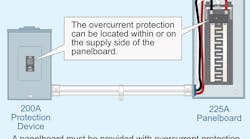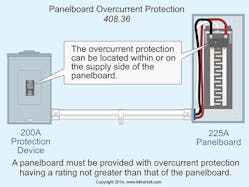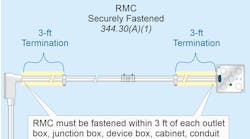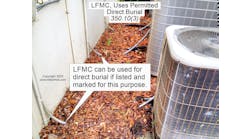Q. What are the overcurrent protection requirements for panelboards?
Find the Answer
A. Each panelboard must be provided with overcurrent protection located within, or at any point on the supply side of, the panelboard. The overcurrent device must have a rating not greater than that of the panelboard, and it can be located within or on the supply side of the panelboard [408.36].
Exception No. 1: Individual overcurrent protection isn’t required for panelboards used as service equipment where the service disconnecting means consists of up to six circuit breakers mounted in a single enclosure in accordance with Sec. 230.71.
When a panelboard is supplied from a transformer, as permitted in Sec. 240.21(C), the overcurrent protection for the panelboard must be on the secondary side of the transformer. The required overcurrent protection can be in a separate enclosure ahead of the panelboard, or it can be in the panelboard [408.36(B)].
Plug-in circuit breakers that are back-fed from field-installed conductors must be secured in place by an additional fastener that requires other than a pull to release the breaker from the panelboard [408.36(C)]. The purpose of the breaker fastener is to prevent the circuit breaker from being accidentally removed from the panelboard while energized, thereby exposing someone to dangerous voltage.
CAUTION: Circuit breakers marked “line” and “load” must be installed in accordance with listing or labeling instructions [110.3(B)]; therefore, these types of devices must not be back-fed.





